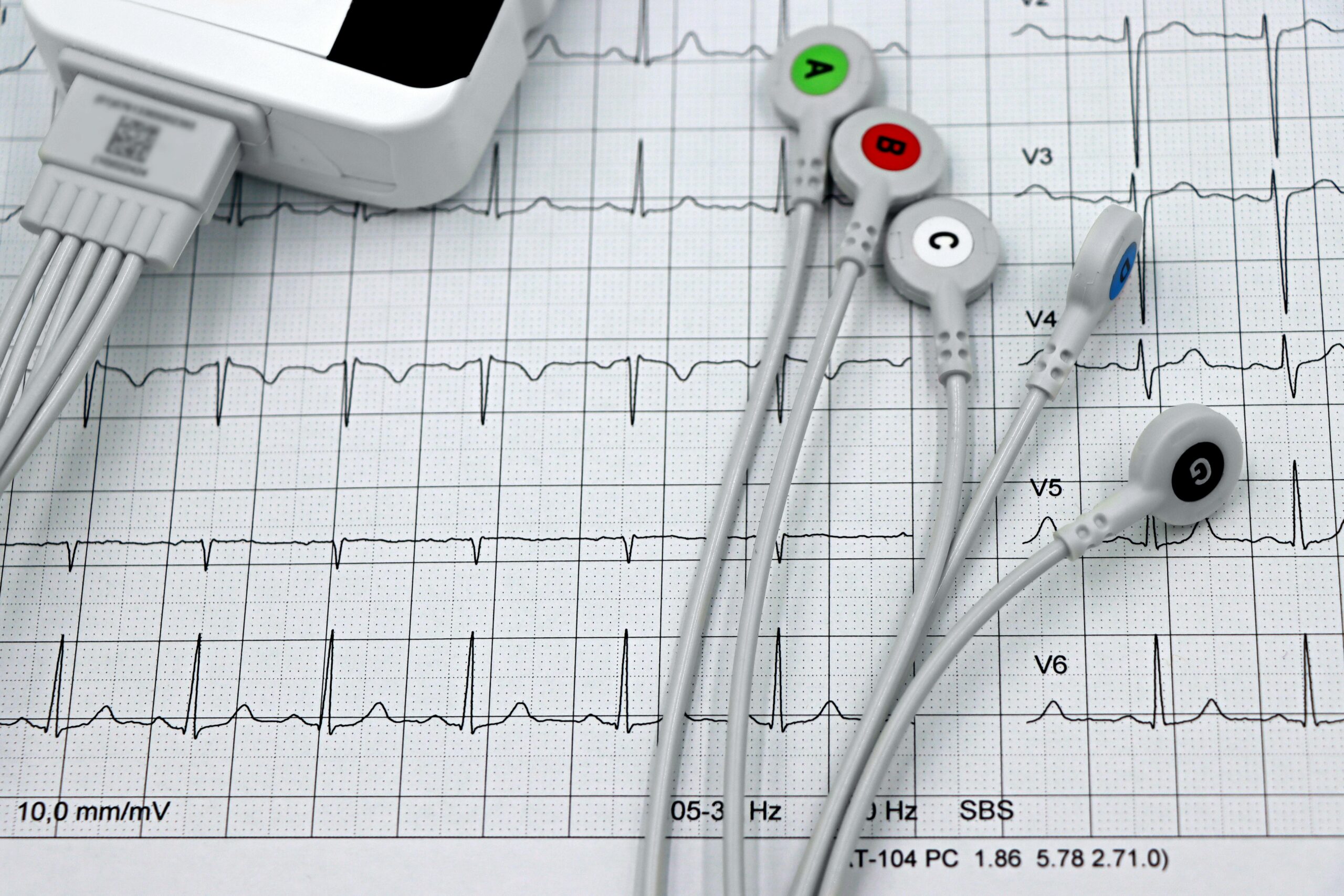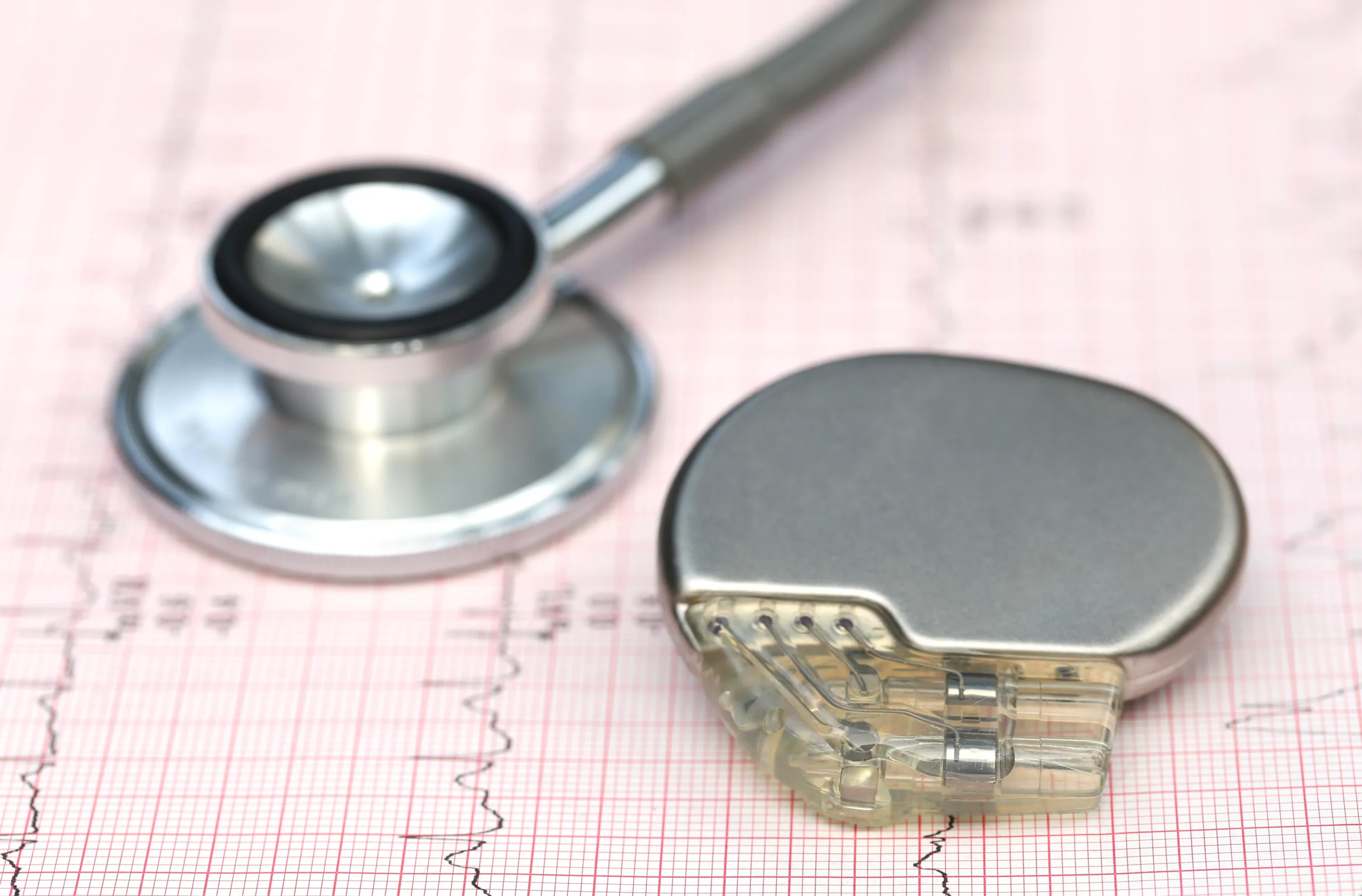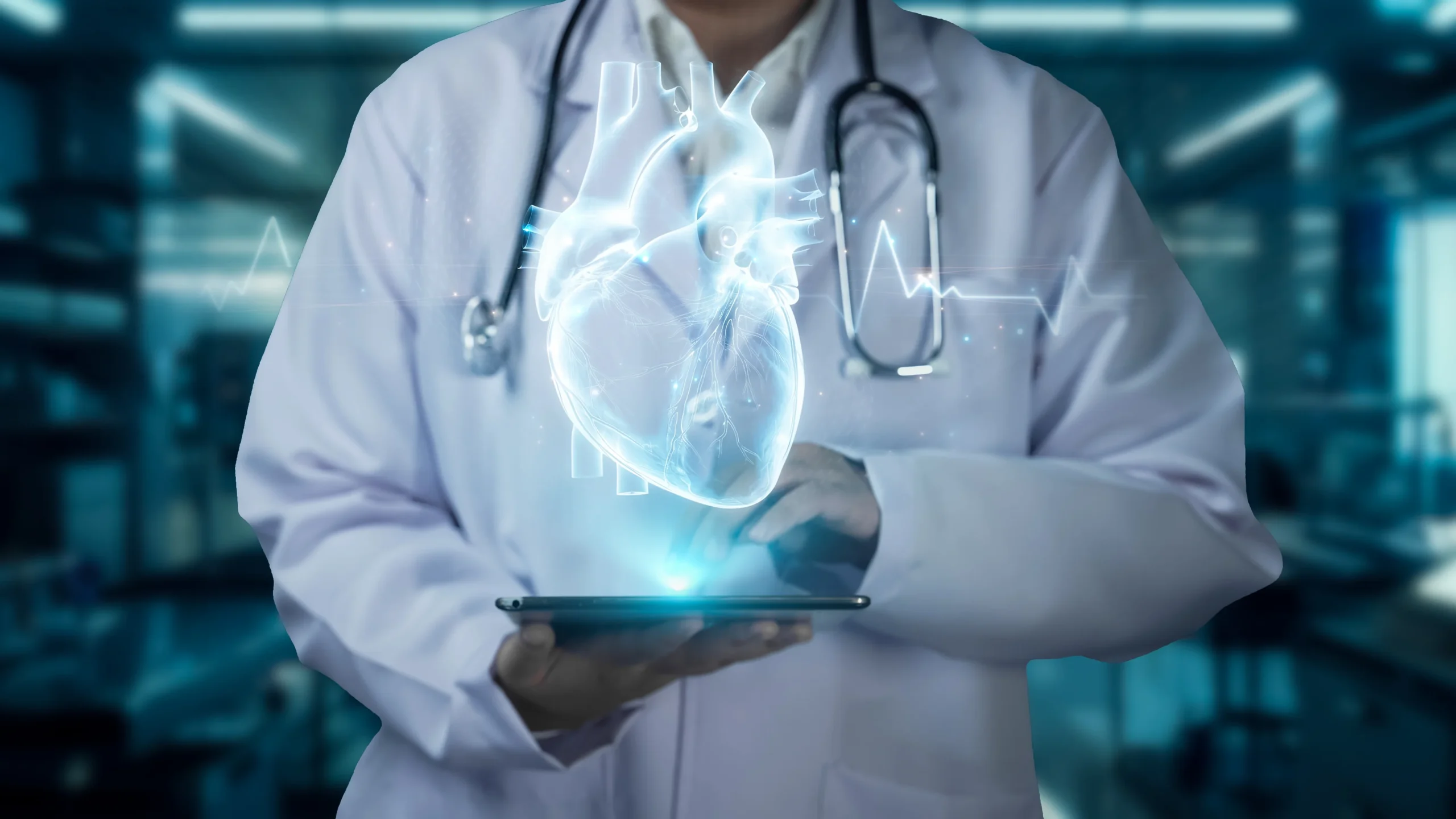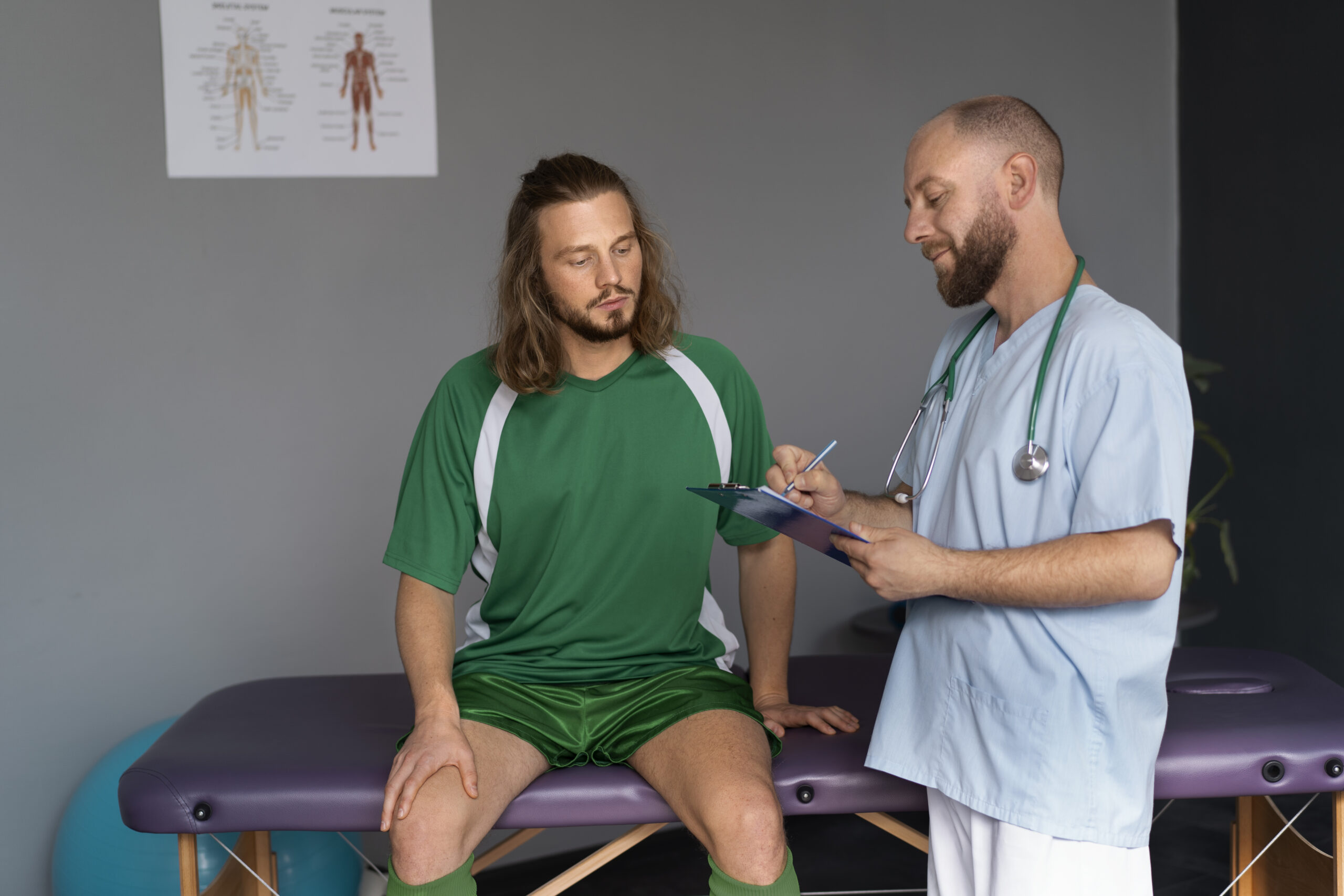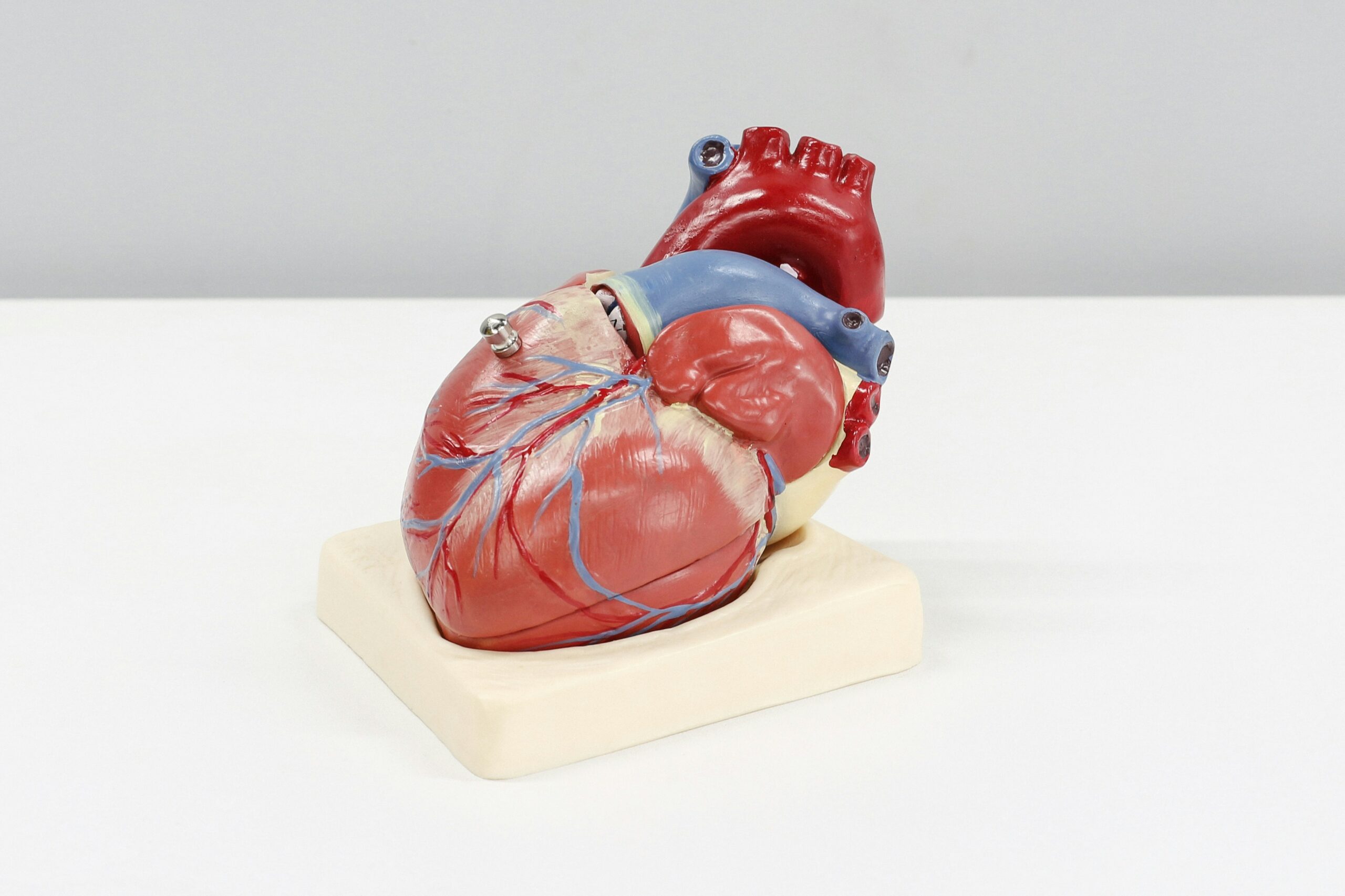If you’ve ever been asked to do a heart test, the chances are it was an electrocardiogram. An ECG (sometimes also abbreviated to EKG) is one of medicine’s most common diagnostic tools. It’s a simple, non-invasive heart health test that records the electrical activity in the heart so we can see if there are any problems with things like the rate and rhythm of your heartbeat.
Taking an electrocardiogram is a quick way to evaluate a range of symptoms, diagnose potential issues, and check on the overall health of your heart. We all know that we must look after our hearts, particularly as we age. An ECG is an integral part of how we do that.
Electrocardiograms are just one of the tests and procedures we regularly perform here at Heart Rhythm Cardiologist in Dublin. Jonathan Lyne is one of Ireland’s leading cardiologists, with over 25 years of experience in diagnosing and treating heart rhythm conditions. It’s quick and straightforward to book an appointment with him: you can just call, email, or message us on our contact page.
How Does an ECG Work?
ECGs use electrodes to detect electrical signals from the heart. Electrodes are little circular patches the doctor places on various body parts, such as your chest and wrists.
Each electrode is attached to a long wire (or lead) that runs to a computer. The computer monitor displays the electrical activity as a simple line graph that rises and falls across the screen. This data gives us important information about the way your heart is beating and other issues that might be going on beneath the surface.
There are three main types of electrocardiogram test:
- Resting ECG – where you lie back and remain still while the test records your heart activity
- Exercise ECG – where your heart activity is recorded as you use a treadmill or exercise bike
- Holter monitor – a portable ECG device that stays with you for 24-48 hours, or longer
The different types of ECG are useful for different evaluations and diagnoses. For instance, let’s say you’ve started to get fluttery palpitation feelings that come and go during the day. Since these won’t necessarily be picked up during a walk-in test, we might ask you to take a Holter monitor home to record your heart’s activity over a more extended period.
In this article, we’ll focus on the Resting ECG – the most common type. Here’s how an ECG works:
1. Preparing for the test
When you come into the clinic for your ECG, the nurse or cardiac physiologist will ask you to remove your upper clothing and any jewellery that might interfere with the results. You may be given a gown to cover the parts of your chest that aren’t being used for the test. You then lie flat on the medical couch, with the head end of the bed slightly raised.
2. Placing the electrodes
Next, the team will attach the electrodes to your body. The patches are slightly sticky, to help them stay close to your skin. (If you have chest hair, shaving the areas where the patches are being placed may be necessary.) There are usually 10 to 12 electrodes, one for each wrist and ankle and half a dozen or so arranged across your chest.
3. Recording the activity
When the electrodes are in position, the physiologist will start the test. ECGs are completely painless and usually only last a few minutes. It’s important to lie still and refrain from talking while the test is ongoing to avoid any issues with the recording. You don’t need to hold your breath; just lie back and relax.
4. Checking the ECG results
During the ECG, you may be able to see your heart activity on the monitor: the waves are the impulses generated by your heart as it beats. It usually takes about five minutes to complete the test, and you may be given a printout of the readings afterwards. It’s often possible to get your results the same day, but you may need to come back in to speak to the cardiologist or for other types of heart tests before we can determine the next steps.
Why You Might Need an ECG
Our heartbeats are controlled by electrical signals from the brain. By examining those signals in detail, we can tell a lot about the health of the heart and some of the underlying issues that might be going on inside it. There are many different reasons why you might be asked to take an ECG. Some common ones include:
- Investigating symptoms – you might be asked to take an electrocardiogram if you’re experiencing things that could be connected to a heart problem, including:
- Palpitation
- Dizziness
- Shortness of breath
- Weakness or fatigue
- Reduced ability to exercise
- Fainting
- Chest pain
- Examining your heartbeat
- Confirming or ruling out a diagnosis
- Screening for heart disease
- Checking how a pacemaker is working
- Evaluating the impact of medicines on your heart
- Analysing your heart health – for example, to check the general health of your heart before a procedure, or after you’ve been receiving treatment
What Do Your ECG Results Mean?
Your ECG results help focus on any functional and structural problems that might be occurring in your heart. These might include things like:
- Heart rate problems – the results can tell us if your heart is beating too quickly (tachycardia), too slowly (bradycardia), or irregularly (an arrhythmia)
- Heart rhythm conditions – the test can indicate whether you might have an underlying heart rhythm problem, such as atrial fibrillation (AFib) or atrial flutter
- Heart attacks – the ECG can tell us if you’re having an attack (myocardial infarction) or that you have suffered one previously
- Heart structure – the test can indicate that your heart is enlarged or inflamed
- Blood supply – the results can tell us if there’s a reduced blood flow to your heart
Factors Affecting ECG Results
As mentioned, it’s important to stay still during the test so the ECG equipment can get a consistent and accurate result. However, there are some other factors that can interfere with an electrocardiogram, too. These include:
- Lotions, oils or powder on the areas where we place the electrode patches
- Body hair that prevents the electrodes from making clean contact with the skin
- Wiring in a bra
- Certain medications and supplements you might be taking
- Exercise or smoking before the test
- Obesity or excess body fat
- Pregnancy
- Eating a heavy meal or drinking caffeine (if you’re having an Exercise ECG)
- An imbalance of electrolytes; for instance if there’s too much potassium, magnesium or calcium in your blood
What Happens After an ECG?
Since an ECG is a quick and non-invasive test, it doesn’t usually involve any special aftercare. Unless you’re undergoing treatment for a current heart condition, you should be able to go straight home afterwards. You can wait for us to contact you with your results and the potential next steps – either shortly afterwards in the clinic, over the phone, or at a new appointment. If you need to make any changes to your diet or daily activities after your test, the team will let you know beforehand.
Why is it Important to Get an ECG?
An ECG is a frontline tool for heart health. It’s one of the simplest ways to get a quick picture of what’s going on inside your heart. It acts as an early detection system for serious conditions like a heart attack or coronary heart disease, for flagging problems with the heart’s rate or rhythm, and for identifying many other issues that might be impacting the health of your heart. It also helps us understand how well certain medications are working, or whether they might need to be adjusted. If you or your doctor are concerned about your heart or the symptoms you’re experiencing, taking an ECG is a very effective first step towards getting the right diagnosis and treatment.
ECGs with Dr Jonathan Lyne, Heart Rhythm Cardiologist
If you need an ECG, we can arrange for you to have one easily here at Heart Rhythm Cardiologist in Dublin. The test is available at all our clinics: Beacon Hospital, Blackrock Clinic, Hermitage Medical Clinic and St Vincent’s Private Hospital. When you’ve had your test, we’ll let you know the results as soon as possible so you can take the necessary next steps. We can arrange other tests for you if the ECG results aren’t conclusive or if we need to take another diagnostic approach (for example, an echocardiogram). We’ll also get you booked in for a follow-up appointment with Dr Lyne if you need one.
To learn more about our ECG process and other heart tests you can take with us, please get in touch with the team today. We’ll be glad to give you all the help and support you need.
ECG (Electrocardiogram): FAQs
ECG tests don’t usually require any preparation. To help the test go smoothly, it’s a good idea to avoid applying lotions, oils or powders to your chest before you come in. We can give you a sheet or gown to wear in the clinic, but you may like to wear loose-fitting clothing for the procedure; a shirt or blouse with buttons down the front is ideal.
An ECG is a completely non-invasive and painless procedure. Occasionally, some patients get a mild rash from the sticky pads we place on the skin. But this is very rare. There’s no risk of electric shock from an ECG because the electrodes don’t generate any electricity.
No. An echocardiogram is another common heart test doctors use to diagnose and monitor certain heart conditions. Rather than detecting electrical signals on the skin, however, an echocardiogram uses ultrasound technology to perform the scan. Ultrasound uses high-frequency sound waves to generate a picture of the heart and the surrounding blood vessels.
Many heart-related symptoms come and go, so they won’t necessarily be present for the few minutes it takes to perform a Resting ECG. For that reason, you may be asked to take a small, portable ECG home with you to wear over a longer period. These are known as Holter monitors, and they stay attached to you for at least 24 hours – or even up to a week or so – as they record the activity in your heart. It’s also worth remembering, though, that heart conditions can be ‘silent’ – i.e., they don’t always cause symptoms. A Resting ECG can detect problems that would otherwise go unnoticed.
Many of the latest smartwatches now offer an electrocardiogram function. Although they’re more basic than a standard 12-lead clinical machine with electrodes, they may be helpful in certain situations – for instance, by flagging up a heart rhythm problem that hasn’t caused any noticeable symptoms, which is quite often the case with atrial fibrillation (AFib). You can find out more about “wearable ECGs” in this blog: Are ECG smartwatches helpful for heart rhythm patients?
